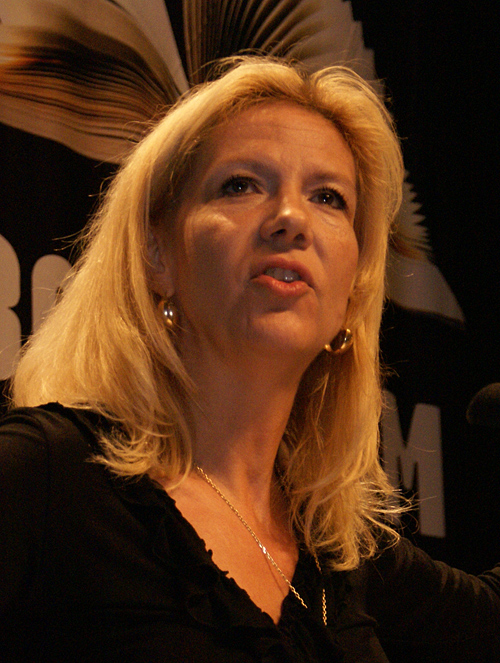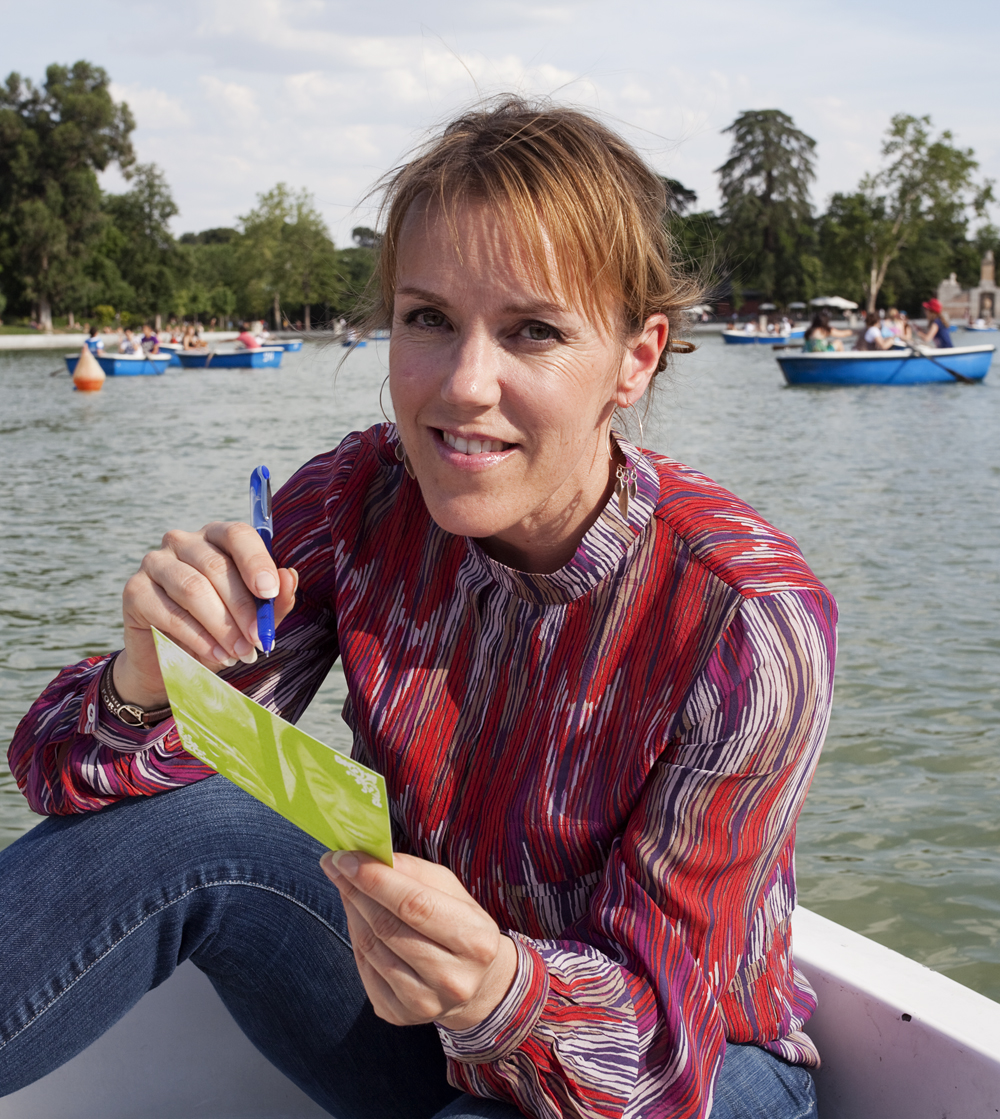Karl Stig-Erland "Stieg" Larsson (15 August 1954 – 9 November 2004) was a Swedish journalist and writer. He is best known for writing the "Millennium series" of crime novels, which were published posthumously. Larsson lived and worked much of his life in Stockholm, in the field of journalism and as an independent researcher of right-wing extremism.
He was the second best-selling author in the world for 2008, behind Khaled Hosseini. By December 2011, his "Millennium series" had sold 65 million copies; its last part, The Girl Who Kicked the Hornets' Nest, became the most sold book in the United States in 2010 according to Publishers Weekly.
Soon after Larsson's death, the manuscripts of three completed, but unpublished, novels – written as a series – were discovered. He had written them for his own pleasure after returning home from his job in the evening, and had made no attempt to get them published until shortly before his death. The first was published in Sweden in 2005 as Swedish: Män som hatar kvinnor – literally – Men who hate women. It was titled for the English-language market as The Girl with the Dragon Tattoo, and published in the United Kingdom in February 2008. It was awarded the Glass Key award as the best Nordic crime novel in 2005. His second novel, Flickan som lekte med elden (The Girl Who Played with Fire), received the Best Swedish Crime Novel Award in 2006, and was published in the United Kingdom in January 2009. The third novel in the Millennium series, Luftslottet som sprängdes ("The air castle that was blown up"), published in English as The Girl Who Kicked the Hornets' Nest, was published in the United Kingdom in October 2009, and the United States in May 2010.
Larsson left about three quarters of a fourth novel on a notebook computer, now possessed by his partner, Eva Gabrielsson: synopses or manuscripts of the fifth and sixth in the series, which he intended to contain an eventual total of ten books, may also exist. Gabrielsson has stated in her book, "There Are Things I Want You to Know" About Stieg Larsson and Me (2011) that finishing the book is a task that she is capable of doing.
The Swedish film production company Yellow Bird has produced film versions of the Millennium series, co-produced with the Danish film production company Nordisk Film, which were released in Scandinavia in 2009.
Buy Stieg Larsson's novels from Amazon
Through his written works, as well as in interviews, Larsson acknowledged that a significant number of his literary influences were American and British crime/detective fiction authors. His heroine has some similarities with Carol O'Connell's "Mallory," who first appeared in Mallory's Oracle in 1994. In his work he made a habit of inserting the names of some of his favourites within the text, sometimes by making his characters read the works of his own favorite authors. Topping the list were Sara Paretsky, Agatha Christie, Val McDermid, Dorothy Sayers, Elizabeth George and Enid Blyton.
One of the strongest influences originates from his own country: Pippi Longstocking, by Sweden's much-loved children's author Astrid Lindgren. Larsson explained that one of his main recurring characters in the Millennium series, Lisbeth Salander, is actually fashioned on a grown-up Pippi Longstocking as he chose to sketch her.[24] There are additional connections to her literary work in the Larsson novels; for example, the other main character, Mikael Blomkvist is frequently referred to mockingly by his detractors as "Kalle Blomkvist", the name of a fictional teenage detective created by Lindgren.
When Larsson was 15 years old, he witnessed three of his friends gang-raping a young girl, which led to his lifelong abhorrence of violence and abuse against women. His longtime partner, Eva Gabrielsson, writes that this incident "marked him for life" in a chapter of her book that describes Larsson as a feminist. The author never forgave himself for failing to help the girl, and this inspired the themes of sexual violence against women in his books.
According to Gabrielsson, the Millennium trilogy allowed Larsson to express a worldview he was never able to elucidate as a journalist. She described, with a great deal of specificity, how the fundamental narratives of his three books were essentially fictionalized portraits of the Sweden few people knew, a place where latent white supremacy found expression in all aspects of contemporary life, and anti-extremists lived in persistent fear of attack. “Everything of this nature described in the Millennium trilogy has happened at one time or another to a Swedish citizen, journalist, politician, public prosecutor, unionist or policeman,” she writes. “Nothing was made up.”
There are also similarities between Larsson's Lisbeth Salander and Peter O'Donnell's Modesty Blaise. Both are women from disastrous childhoods who somehow survive to become adults with notable skills, including fighting, and who accomplish good by operating somewhat outside the law. One of Larsson's villains, Ronald Niedermann (a.k.a. "blond hulk"), has much in common with the invulnerable, sociopathic giant named Simon Delicata in the fourth Modesty Blaise book A Taste for Death.




